The Computer History Museum
/Mountain View, California, looking northeast over US 101 and San Francisco Bay. The Computer History Museum sits between the Googleplex and NASA Ames. Hangar 1, the giant airship hangar, is visible on the right of the image. Imagery and map data © Google, Landsat/Copernicus.
A few days ago I was lucky enough to have a client meeting in Santa Clara, California. I had not been to Silicon Valley before, and it was more than a little exciting to drive down US Route 101 past the offices of Google, Oracle and Amazon and basically every other tech company, marvelling at Intel’s factory and the hangars at NASA Ames, and seeing signs to places like Stanford, Mountain View, and Menlo Park.
I had a spare day before I flew home, and decided to visit Stanford’s legendary geophysics department, where there was a lecture that day. With an hour or so to kill, I thought I’d take in the Computer History Museum on the way… I never made it to Stanford.
The museum
The Computer History Museum was founded in 1996, building on an ambition of über-geek Gordon Bell. It sits in the heart of Mountain View, surrounded by the Googleplex, NASA Ames, and Microsoft. It’s a modern, airy building with the museum and a small café downstairs, and meeting facilities on the upper floor. It turns out to be an easy place to burn four hours.
I saw a lot of computers that day. You can see them too because much of the collection is in the online catalog. A few things that stood out for me were:
- The analog computers of the pre-digital era, especially the beautiful Nordsieck Differential Analyzer.
- The actual, fully working, room-sized IBM 1401. Picture below.
- A wall of home computers from the early 1980s, including a BBC Micro and a ZX Spectrum, both important machines to me. The display even evoked the smell of those machines... and the frustration of reading programs from audio tapes.
- An Enigma machine, an Apple I, and Google’s actual server (just one rack!) from 1999, complete with its sagging motherboards.
No seismic
I had been hoping to read more about the early days of Texas Instruments, because it was spun out of a seismic company, Geophysical Service or GSI, and at least some of their early integrated circuit research was driven by the needs of seismic imaging. But I was surprised not to find a single mention of seismic processing in the place. We should help them fix this!
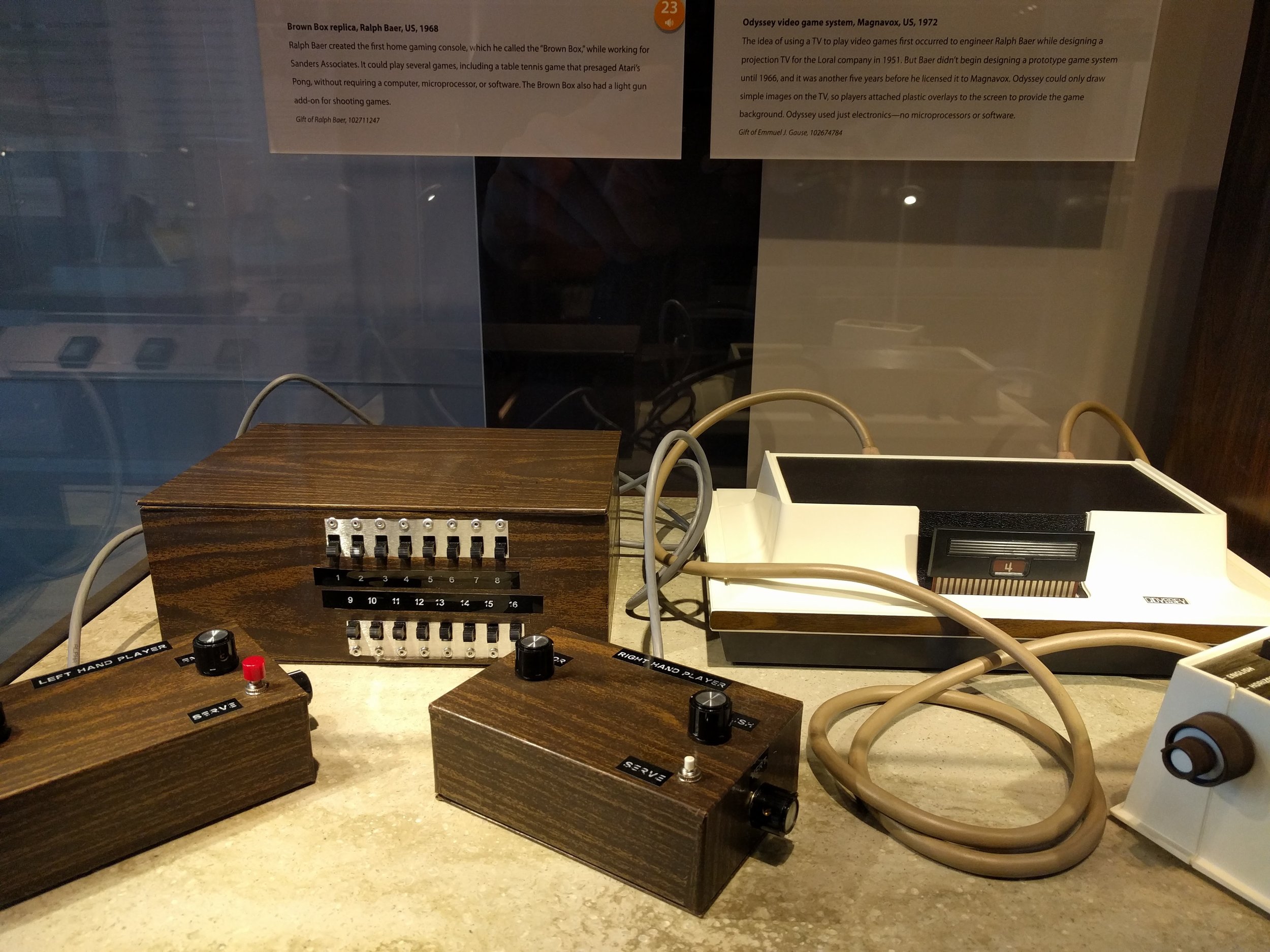

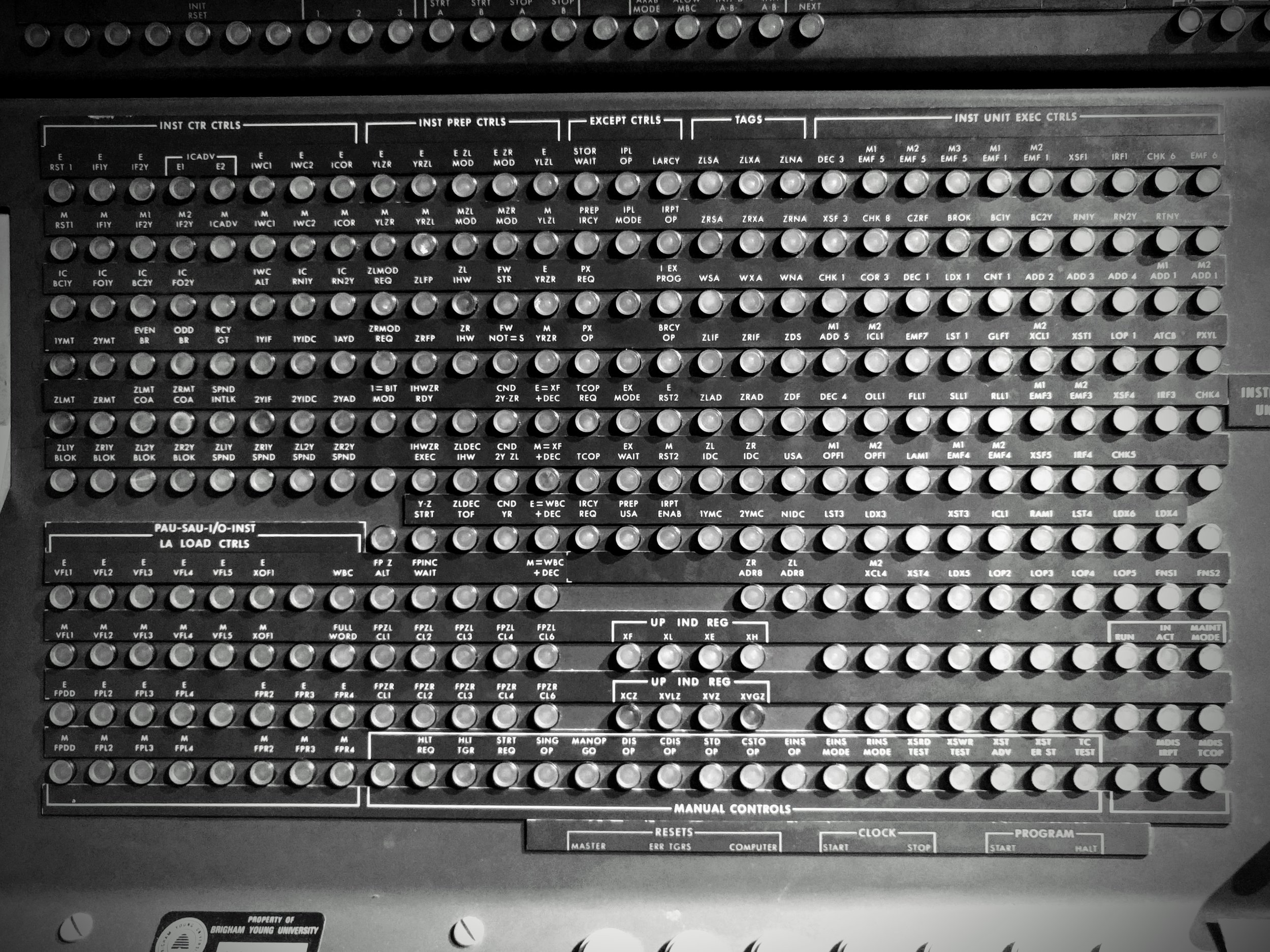
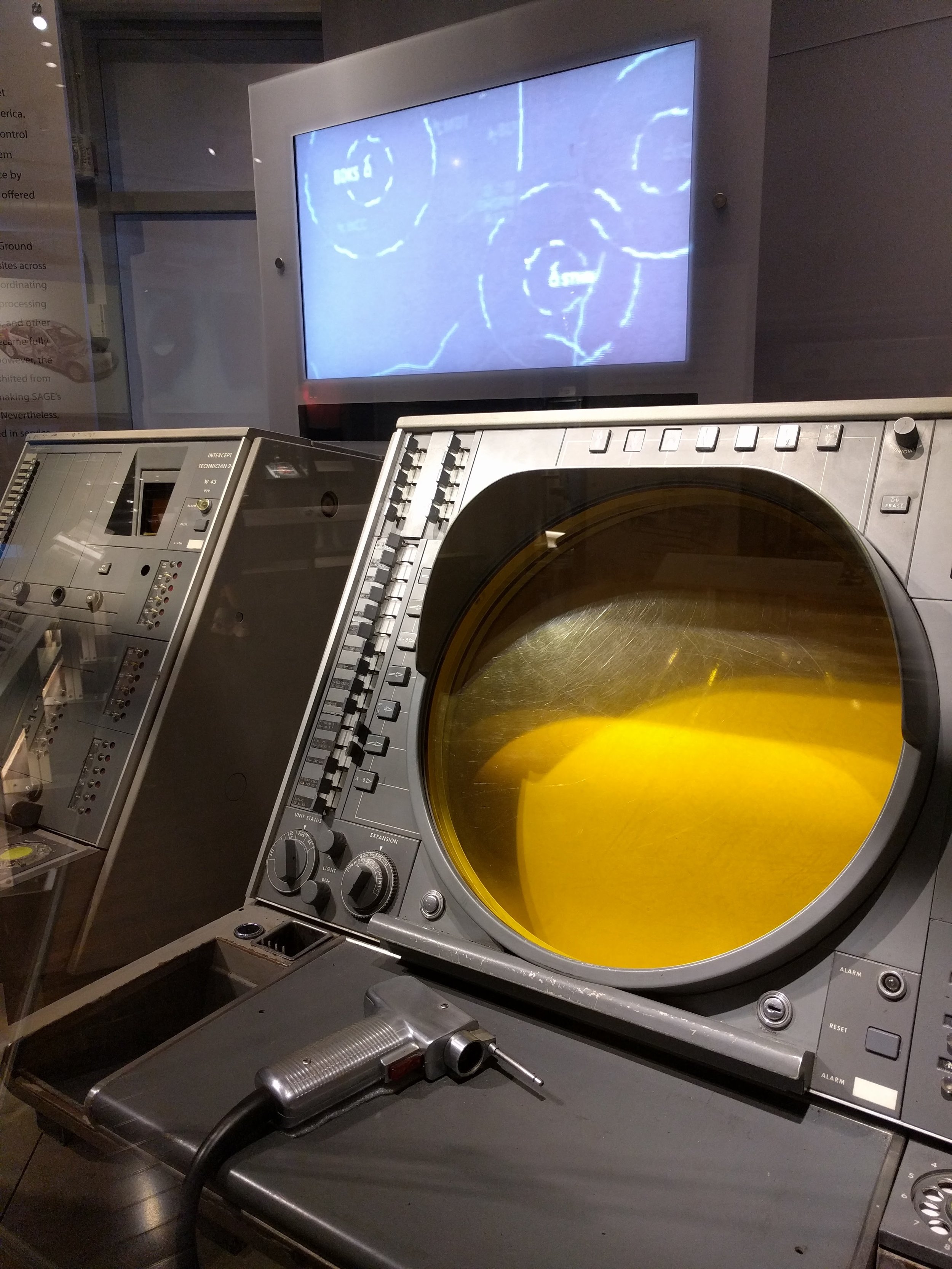
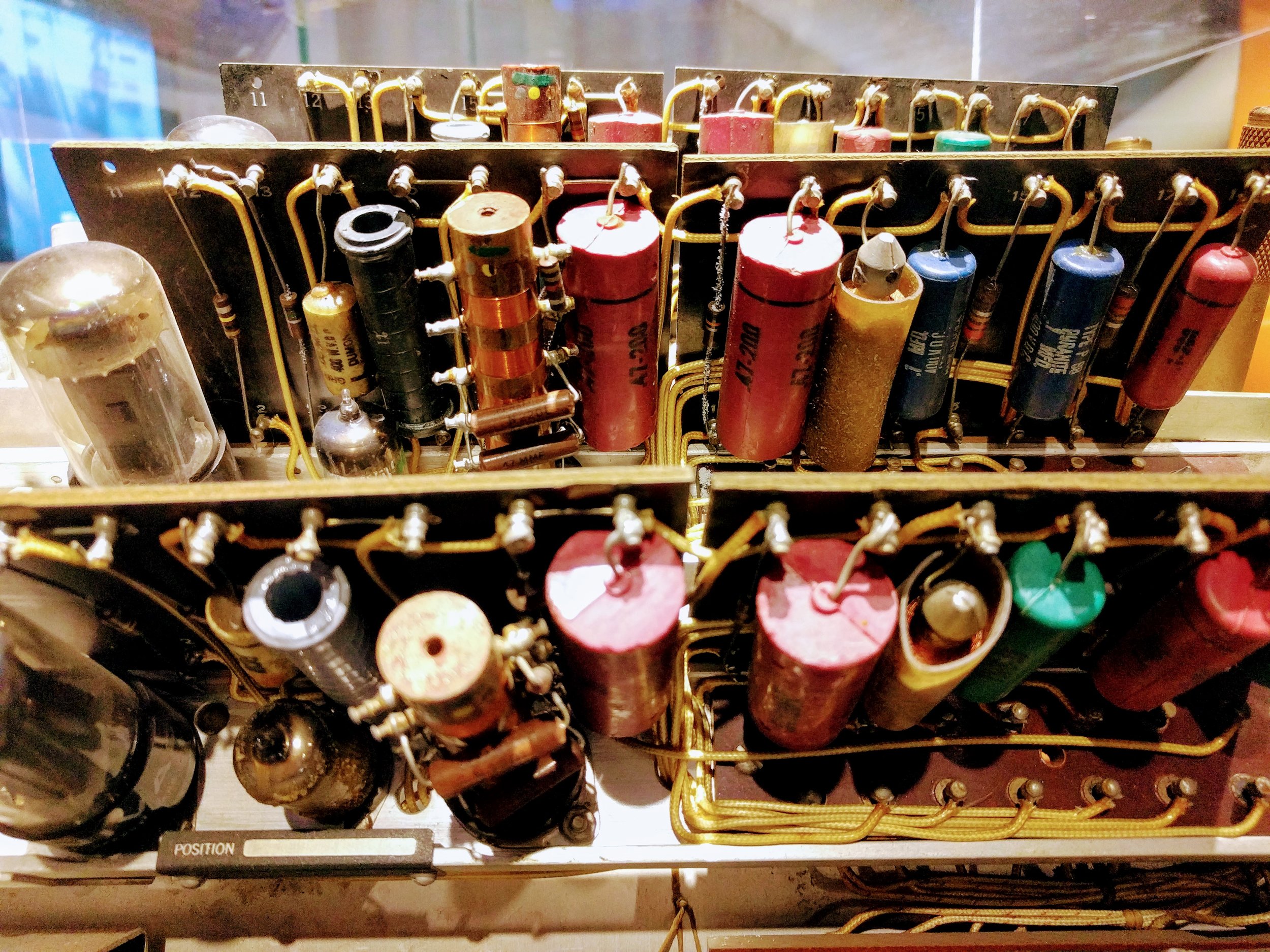
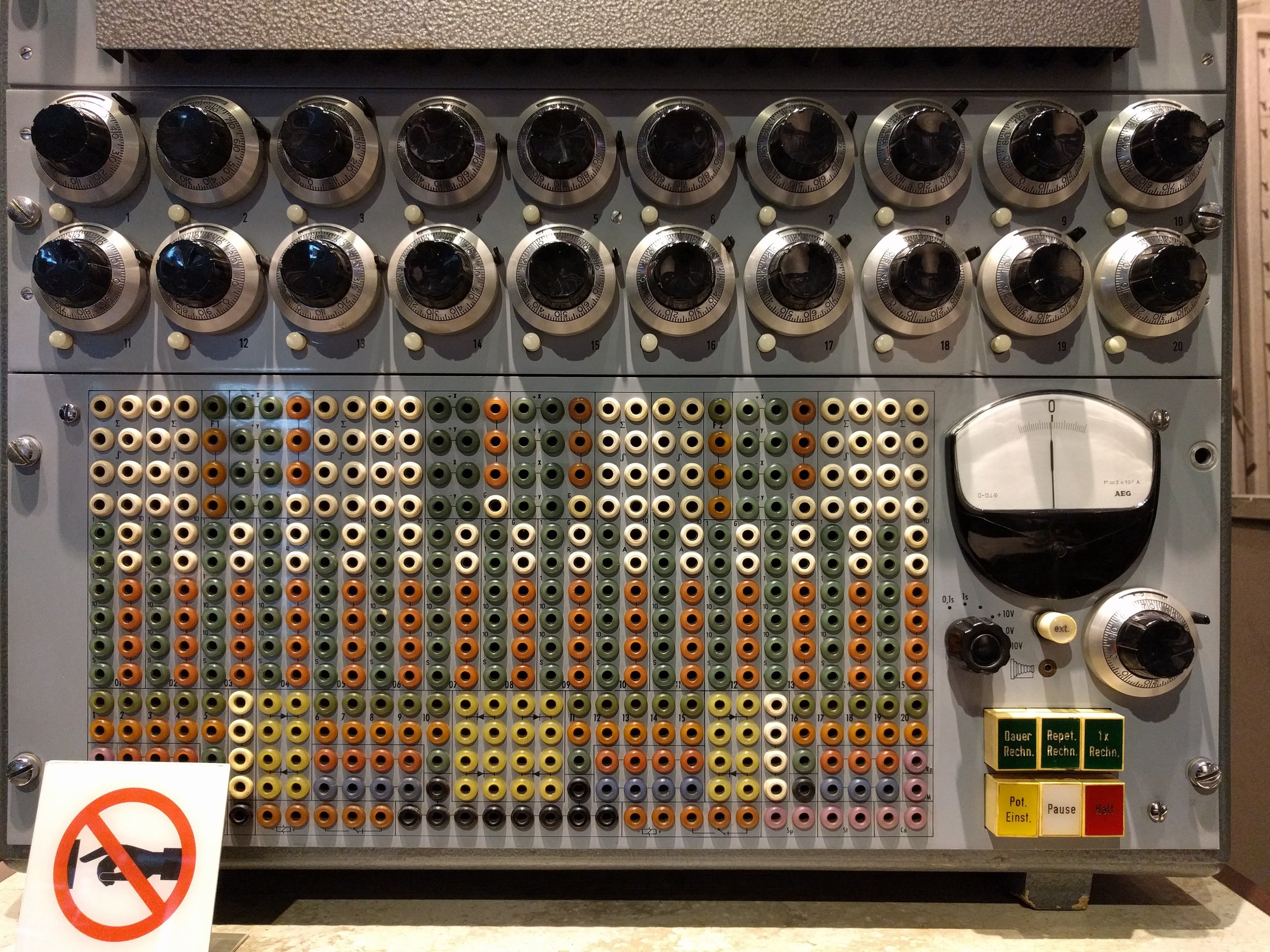
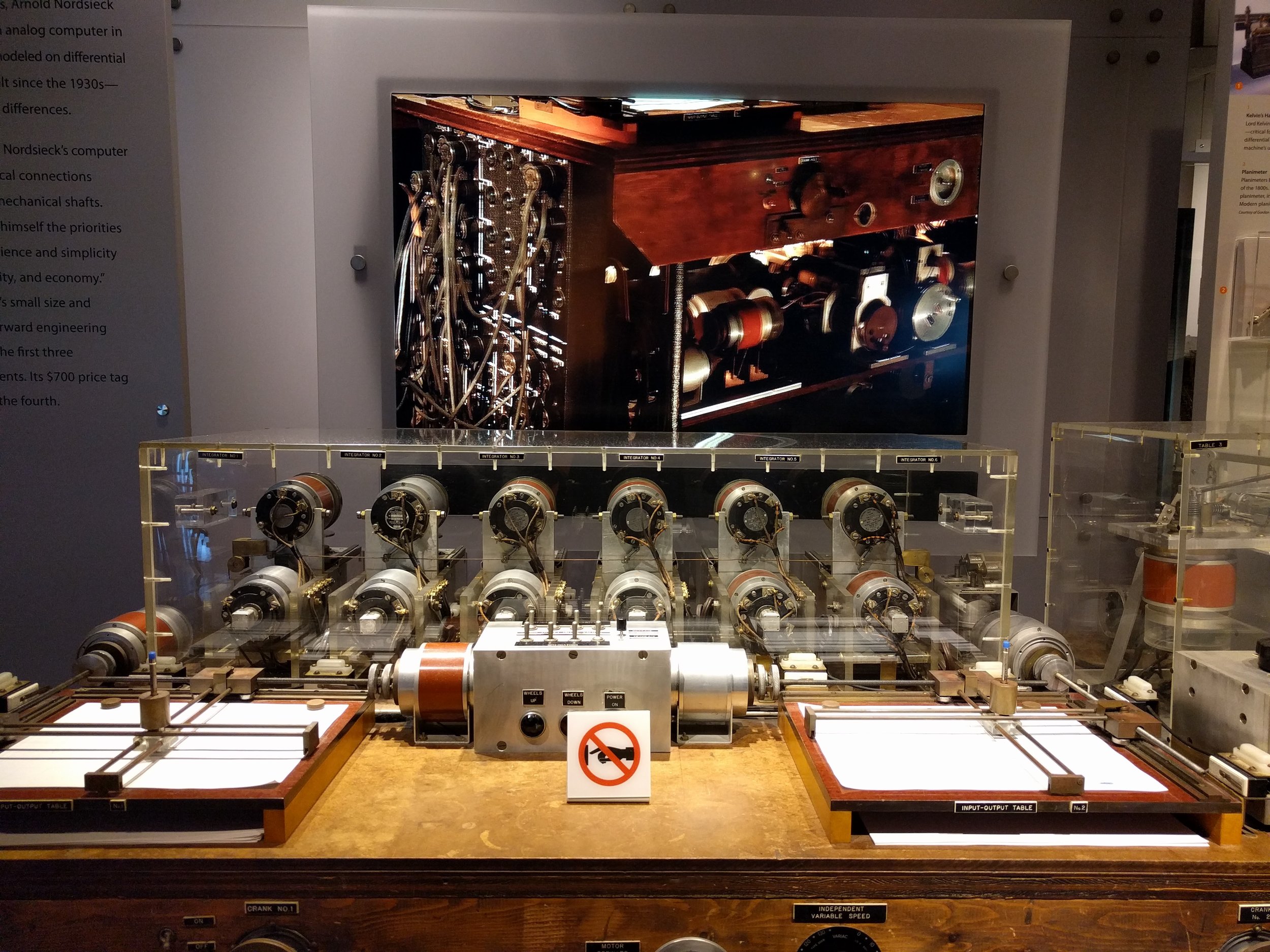






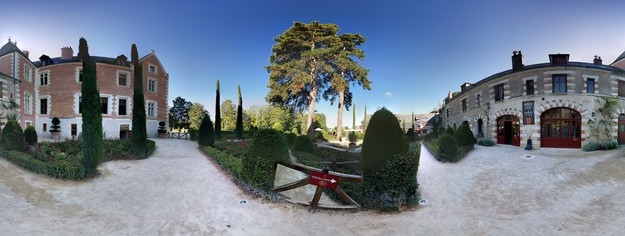
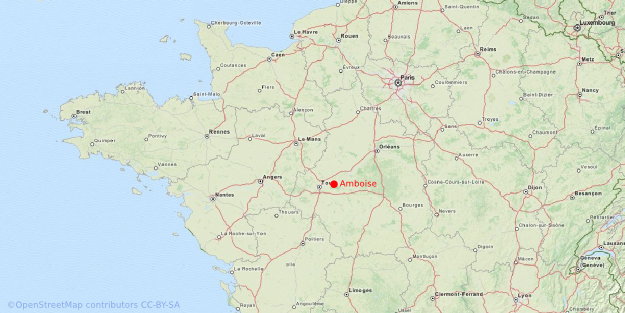

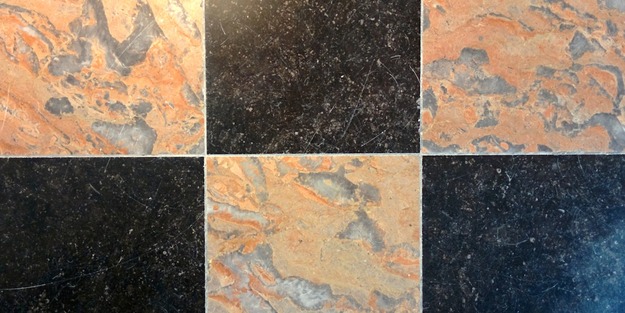
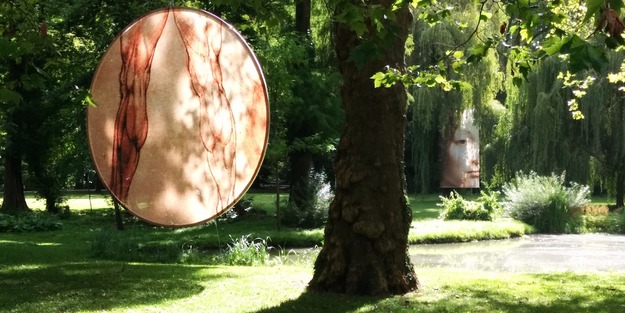

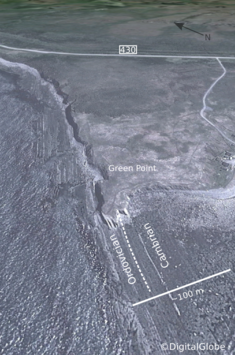


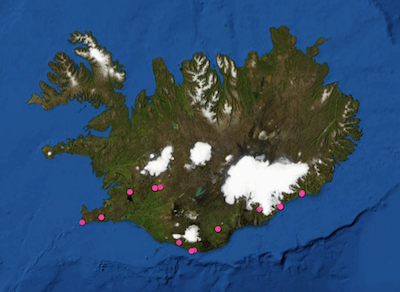










 Except where noted, this content is licensed
Except where noted, this content is licensed